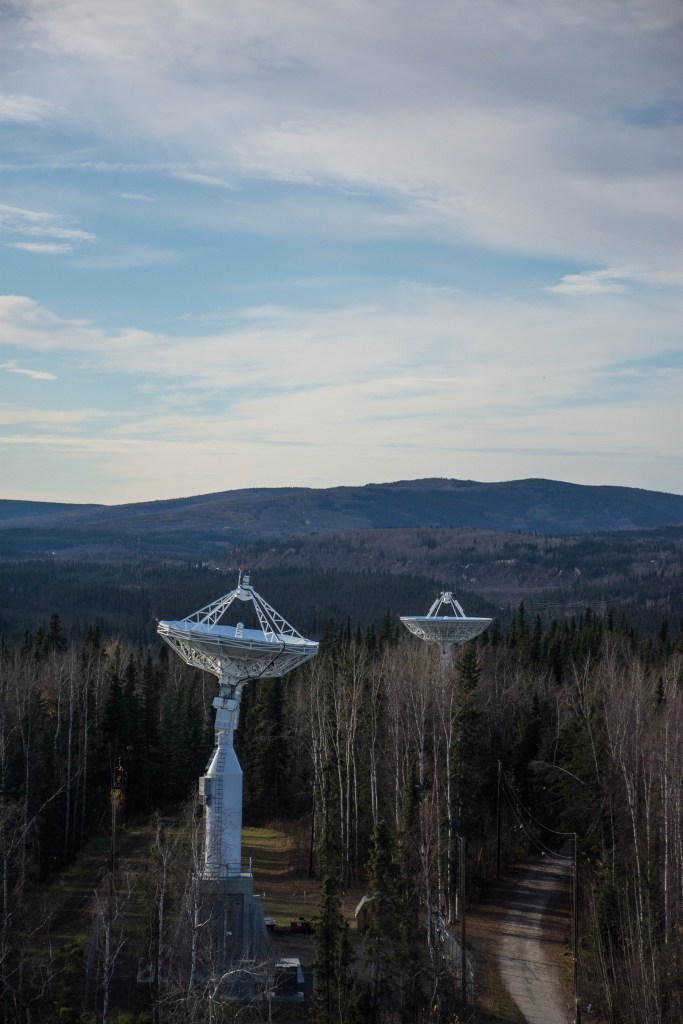What is the Near Space Network?
The Near Space Network provides missions within one million miles of Earth with robust communications services.
The Near Space Network is a vital communications interface that synthesizes government and commercial services into comprehensive, mission-enabling support for missions. The network leverages the innovation of industry alongside NASA’s time-tested expertise and proven track record of success.

Where is the NSN?
The Near Space Network is comprised of ground stations across the globe and our Tracking Data and Relay Satellite system in geosynchronous orbit.
Our ground stations provide Direct-to-Earth (DTE) communications while TDRS satellites provide near continuous bent pipe information relay services to over 25 missions like the Hubble Space Telescope, the International Space Station and many of our Earth-observing missions like Global Precipitation Measurement, Terra and Aqua.

NSN Services
The NSN fulfills the essential needs of near-space user missions, empowering them with mission-critical communications and navigation services, and enabling the transmission of science and exploration data from space to Earth.
The NSN acts as a liaison for customers that need communications and navigation services in the near space region–out to two million kilometers from Earth. As a single, end-to-end network, the NSN orchestrates communications services, space links, and data transports for users. Additionally, the network serves missions throughout their entire lifecycle, providing requirements analysis, spectrum management, communications analysis, service agreements, mission design, mission planning, launch, operations, and post-mission support activities. As a result, the network ensures its users have robust and reliable services that fully support their mission objectives.

What is TDRS?
TDRS, or the Tracking and Data Relay Satellite system, is a constellation of geosynchronous satellites over the Atlantic, Pacific, and Indian Oceans.
The TDRS constellation provides near-continuous relay services to over 25 missions including the Hubble Space Telescope, the International Space Station, and many of NASA’s Earth-observing missions such as Terra and Aqua.

Commercialization
NASA’s Space Communications and Navigation (SCaN) program seeks to engage commercial services for NASA’s missions, rather than continuing to build, maintain, and operate its own systems.
NASA’s Space Communications and Navigation (SCaN) program seeks to engage commercial services for NASA’s missions, rather than continuing to build, maintain, and operate its own systems.

NASA’s Near Space Network
NASA’s Near Space Network delivers critical communications and navigation services to missions observing the Earth, studying the Sun, and exploring the Moon and beyond. Through our network, spacecraft can send different types of data back to Earth, anything from an astronaut talking to mission control, a science image of a neutron star, and so much more.
Learn MoreNear Space Network
Near Space Network Videos
Space Communications: 7 Things You Need to Know
NASA’s Space Communications and Navigation (SCaN) program enables this data exchange, whether it’s with astronauts aboard the International Space Station,…
Read the Story



































